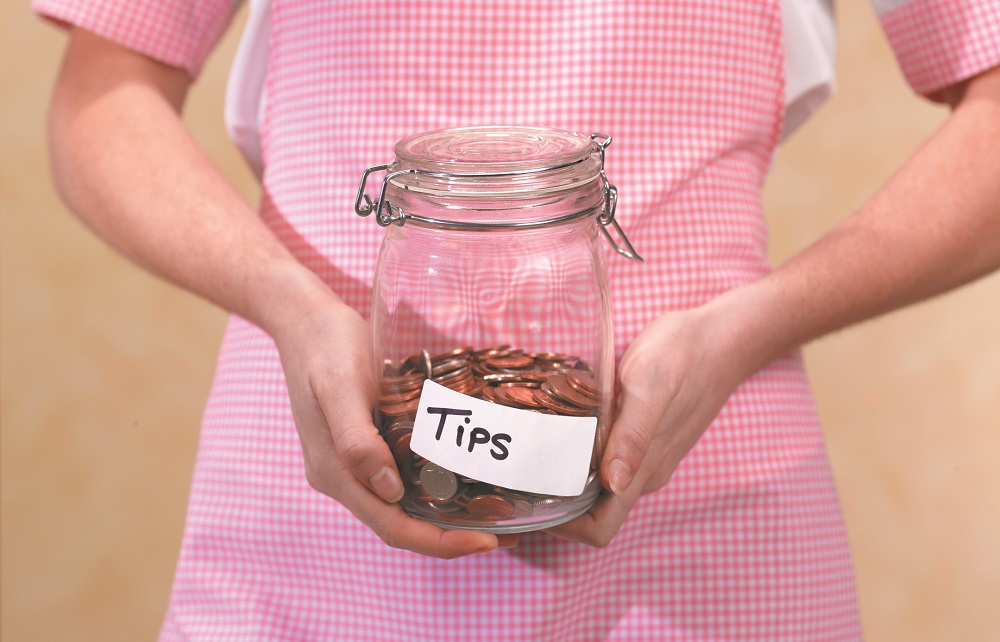Tipping has always been a fraught proposition. When you see a tip jar on a counter, are you expected to tip? How much? In the past year or two, the expectations around tipping have evolved to make it even more vexing. Fortunately, it’s not as complicated as you might think, says etiquette expert Diane Gottsman.
What’s changed. It comes down to three developments, all of which occurred around the pandemic…
Tipping apps: If you’ve recently made a deli or coffee-shop purchase, the cashier has probably flipped his/her device around to show you a prompt to offer a tip with suggestions for the amount—as much as 35% of your order.
New services: Meal delivery, grocery delivery, curbside pickup and ridesharing became very popular during the pandemic. And now we’ve collectively developed a tipping culture around those services.
Increased expectations: During lockdown, we wanted to be generous with workers who were literally risking their lives to do their jobs. But once the pandemic subsided, many people were reluctant to bring gratuities back down to earth.
Tipping ground rules. No matter how aggressively a business or an individual pursues tips, you usually are not obligated to give a gratuity. If an employee receives a regular wage and is not entirely dependent on tips, then tipping usually is optional. Tip if you’d like to reward good service or are feeling generous, but don’t be browbeaten into it. It doesn’t make sense to tip an hourly employee who spends all of six seconds reaching into a glass case to hand you a premade muffin.
For some workers, however, you should always leave a tip—restaurant servers, bartenders, food-delivery drivers, hair-salon workers, hotel cleaning staff (daily), shuttle drivers, rideshare drivers, taxi drivers and hotel bag handlers. When in doubt about whether you should tip, ask, “Are gratuities accepted?”
How much to tip. Now that the pandemic is over, the basic tipping standard has reverted to 15% to 20%. Here’s what to tip specific types of workers…
Servers: 15% to 20% of the bill…higher for exceptional service.
Bartenders: 15% to 20% of the bill or $1 to $2 per drink.
Taxi/Uber/Lyft drivers: 15% is standard, 20% for above-and-beyond service.
Curbside grocery: $5 and up (check first to see if a gratuity is allowed).
Restaurant delivery: The greater of 15% to 20% of the bill or $5.
Third-party food delivery: Check the website’s tipping policy to see if a gratuity is included in the price. Confirm that the driver is getting 15% to 20% of the bill.
Hotel-room cleaners: $3 to $5 a day.
Hotel luggage attendant: $1 to $2 per bag with a $5 minimum.
Room service: Check to see if a gratuity is included. If it isn’t, 15% to 20%.
Salon and spa technicians: Check the business’s policy. If a gratuity is allowed and not included, 15% to 20%.
Pet groomer: 10% to 20%.
When service is poor. If the worker is personable but incompetent, reduce your tip to 15% or even 10%. But an employee who is aggressive or hostile should not receive a tip—instead, speak with his/her supervisor.


